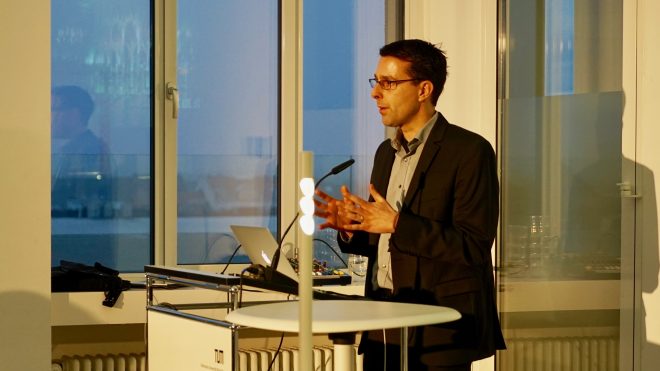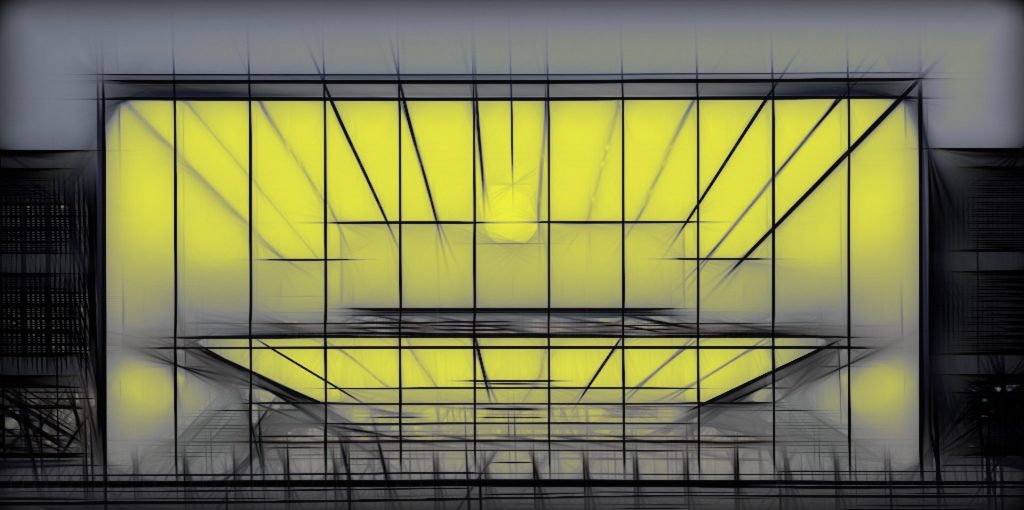Germany-based essayists for the SuperLux book, and leading European light artists and lighting industry publishers and advocates, debated recent developments in the smart light cities movement, at an English-language symposium hosted by the Faculty of Architecture at the Technical University of Munich (TUM) in 2016.
On a benign winter’s evening during the city’s Christmas celebrations, the faculty’s Acting Dean, Professor Hannelore Deubzer, welcomed speakers and delegates to its rooftop seminar centre, the Vorholzer Forum, then introduced Dr Thomas Schielke, a SuperLux essayist, light architecture columnist for ArchDaily, and a communications and education leader with ERCO, to conduct the presentations.

SuperLux essayists Schielke, Vesna Petresin, and the book’s editor, Davina Jackson, spoke about recent developments in urban light art. Another essayist, Peter Droege, clarified the beyond-urgent need to power cities only with renewable sources of energy, but noted that lighting amounted to only about two percent of the world’s total energy consumption.
Read more about the SuperLux book here: SuperLux
Publication
Lecture
Three decades ago the Hongkong and Shanghai Bank (HSBC) Headquarters by Norman Foster emerged onto the architectural seen as an exemplary product of industrial design. The open layout with its exposed steel structure generated a powerful corporate identity for the bank. But the restrained atmosphere of white architectural lighting and the lack of distinctive façade lighting has lost its attractiveness after sunset. Now the colorful and dynamic relighting presents a remarkable example of how an architectural icon has shifted from a productivist ideology towards a scenographic image.







